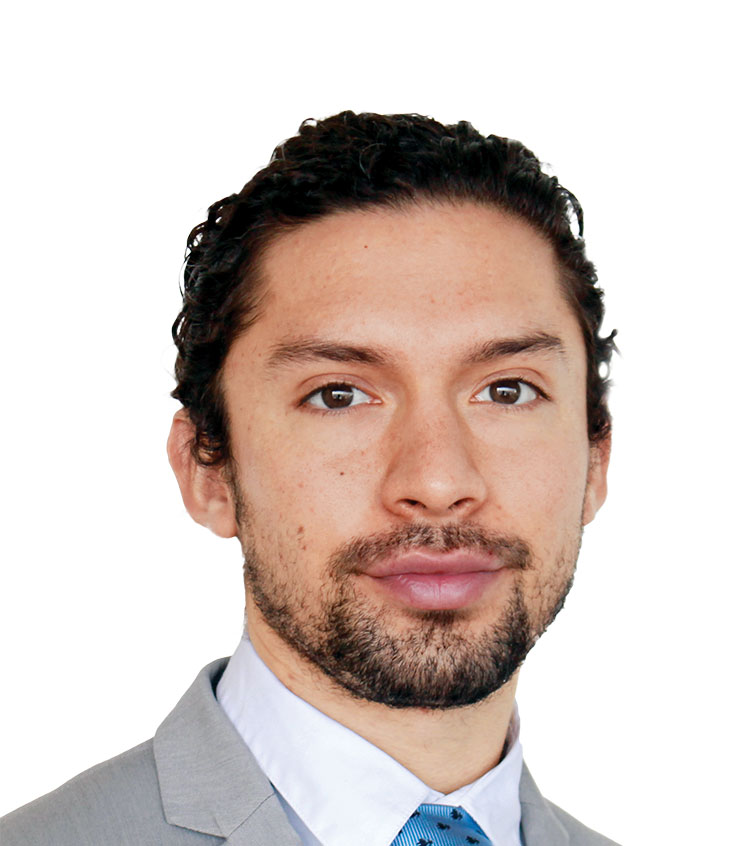FrontierView Shares Healthcare Overview

STORY INLINE POST
Q: What does Mexico’s 2022 healthcare budget proposal say about the government’s priorities regarding the healthcare sector?
A: It is very clear that the government is attempting to prioritize the part of the population that historically has not been covered by social security, through INSABI and additional funds for IMSS Bienestar. It has also significantly increased the budget for the vaccination program. However, it is unclear exactly to what end that budget will be directed, whether it is rolling out vaccinations, buying more vaccines or to fund the rest of the program. This is really important because the vaccination program in general has suffered during the pandemic and does require significant reinforcement to avoid population health consequences over the next couple of years.
Q: What are the opportunities for private institutions to treat patients living in rural areas and how is that potential being tapped?
A: In general, you see a lack of investment in personnel and infrastructure in rural areas, especially when it comes to specialist access. We have seen a couple of key trends over the last two years. The first is the impact of the pandemic on healthcare personnel. The lack of reimbursement, mental stress and burnout will likely mean a greater dearth of personnel in rural areas, forcing more and more people to seek care in larger metropolitan cities. Secondly, the shortages in medicine inventories have driven more patients to find specialty care in larger cities. Private investment in telehealth is the most obvious opportunity but also the ability for remote monitoring after patients receive a more complex procedure. This will eliminate the need to travel to bigger cities due to remote monitoring via connected devices or the application of telehealth to connect with these patients.
Q: How will the allocation of FONSABI funds impact patients in the public health sector?
A: The first challenge is that it is unclear what will happen to these funds. From the information available, they were transferred to the general fund within the SSA. That does not necessarily mean they won’t go to the same places they went before but it is uncertain. Over the last couple of years, we have seen a significant drop in the diagnosis and treatment of some patients who are covered by this fund, including the most famous case of adolescent cancer patients. There are other patients who suffer from rare diseases and who have high-cost treatments. They have also struggled to access treatment during the last couple of years, likely because of the disruption of this budget and unknowns regarding budget execution. If these trends continue, these patients are probably still going to face uncertainty and even miss out on receiving treatment.
Q: What opportunities have telemedicine advances brought to the Mexican healthcare sector?
A: What has probably been most impactful during the pandemic has been allowing people to have certain symptoms triaged by medical professionals through telemedicine. Many patients were easily treated with a simple prescription that could be picked up at a pharmacy, meaning they did not have to come into a hospital, which generated savings for the entire healthcare system. I think coming out of the pandemic, the question is whether or not Mexico can capitalize on the investment in infrastructure. This means access to the correct platforms to facilitate the various applications of telemedicine, creating a holistic patient pathway across therapy areas to really maximize the lessons from the pandemic and improve outcomes while decreasing cost in a post-pandemic era. This basically means maintaining telehealth access and doubling down on other applications of telehealth, such as patient monitoring, patient follow-up, physician-to-physician consultations and various other sub-applications that have been developed. Between the public and private sectors, the public sector has done a good job given the challenges it has faced. Obviously, there’s a difference from institution to institution and since the private sector is more dynamic, it has more space to innovate. We’ve seen telehealth being applied to facilitate the creation of lower-cost private insurance plans to increase private hospital capacity. The dynamism of the private sector is not going to go anywhere. What this group needs to think about is how policy will limit or accelerate that continued innovation because telehealth has the opportunity to expand health access for the greater part of the population.
Q: At the beginning of 2021, FrontierView listed Mexico’s UNOPS Experiment as one of the main Latin American events to look out for in the year. What has been its impact?
A: We think this was a positive idea and that the application was pursued in a logical manner, although there were some hiccups that contributed to inventory shortages at public system hospitals. We anticipate this program will continue improving. We think the public and private stakeholders will continue to look for additional solutions to the challenges that exist in making sure patients have access to innovative, safe and effective medicines. For us, the key development is twofold: First, how does the public system restart its non-COVID activities, specifically in addressing the backlogs of screenings with chronic diseases. Second, how does the evolution of private systems, specifically the innovation we have seen from private hospitals and insurance groups, accelerate? Because of the huge space for those groups in this market to generate a great deal of value. So, who leads the way and innovates on this side?
Q: Mexico remains well below the WHO’s recommended 6 percent GDP investment in public healthcare. Do you see this funding being boosted in the future?
A: We believe that Mexico will continue allocating funding to healthcare but not as fast as it needs to due to the limitations on physical capacity and the need to protect the macroeconomic needs of the country, which President López Obrador has adhered to from the beginning of the administration. We do see a balance but it’s actually shifted over the last couple of years. We are seeing more of the total financing represented by the private sector and consumer spending on healthcare. The reason that is a challenge is that the majority is not from private insurance, which interestingly, is called Seguro de Gastos Mayores (Insurance on Large Health Expenditures), which really shows you what it means to consumers of these products. The problem is that much of it is still out of pocket. We believe the private insurance market in Mexico is going to grow significantly over the next decade.
FrontierView provides market intelligence products to over 5000 business professionals to inform strategic planning, ongoing market monitoring, and international growth initiatives








 By Alfonso Núñez | Journalist & Industry Analyst -
Wed, 03/16/2022 - 11:37
By Alfonso Núñez | Journalist & Industry Analyst -
Wed, 03/16/2022 - 11:37
















